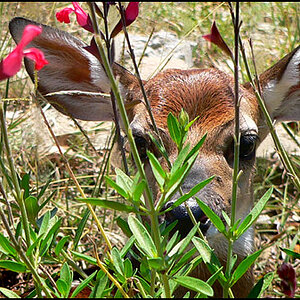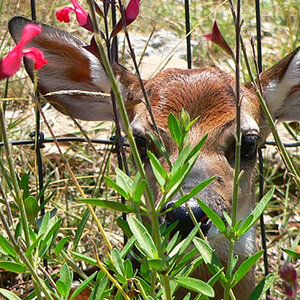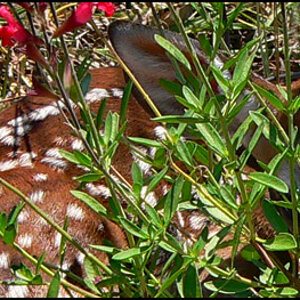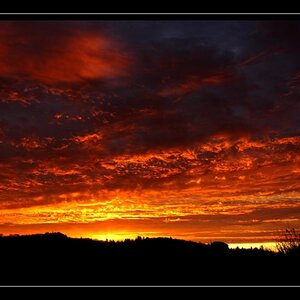kirbym2
TPF Noob!
- Joined
- Aug 2, 2011
- Messages
- 156
- Reaction score
- 6
- Location
- Vancouver
- Can others edit my Photos
- Photos OK to edit
Hi Everyone,
I've got a few family members who know I'm into photography, and have asked for Christmas shots this year. Based on the time of year, and the weather not cooperating, I've offered to use my home for the shots. My problem is lighting. I've got a couple of speedlights, a reflector, etc., but by no means any "professional" equipment. The room itself has a sliding glass door, and small window (as far as natural light is concerned). Not sure whether to block these off, or leverage them for the shoot.
Given that these shots will be taken in front of a lit Christmas tree (placed near the sliding glass door), with various Christmas-themed props, does anyone have suggestions on lighting setup. I'm using an SB-600 and SB-900.
Largest group will be 6 people (including kids).
Any thoughts or suggestions would be appreciated.
I've got a few family members who know I'm into photography, and have asked for Christmas shots this year. Based on the time of year, and the weather not cooperating, I've offered to use my home for the shots. My problem is lighting. I've got a couple of speedlights, a reflector, etc., but by no means any "professional" equipment. The room itself has a sliding glass door, and small window (as far as natural light is concerned). Not sure whether to block these off, or leverage them for the shoot.
Given that these shots will be taken in front of a lit Christmas tree (placed near the sliding glass door), with various Christmas-themed props, does anyone have suggestions on lighting setup. I'm using an SB-600 and SB-900.
Largest group will be 6 people (including kids).
Any thoughts or suggestions would be appreciated.



![[No title]](/data/xfmg/thumbnail/36/36423-4f4abd5f32da2219d4967c7a13b07a8c.jpg?1619737566)
![[No title]](/data/xfmg/thumbnail/30/30878-f33da8abe01acde1dcee7898f41310e1.jpg?1619734493)



![[No title]](/data/xfmg/thumbnail/32/32178-010a47bfeb945bdafb02b0ee4888290c.jpg?1619735235)
![[No title]](/data/xfmg/thumbnail/39/39288-2d76486ccc9042c6fb525aaaaffff1fb.jpg?1619738957)
